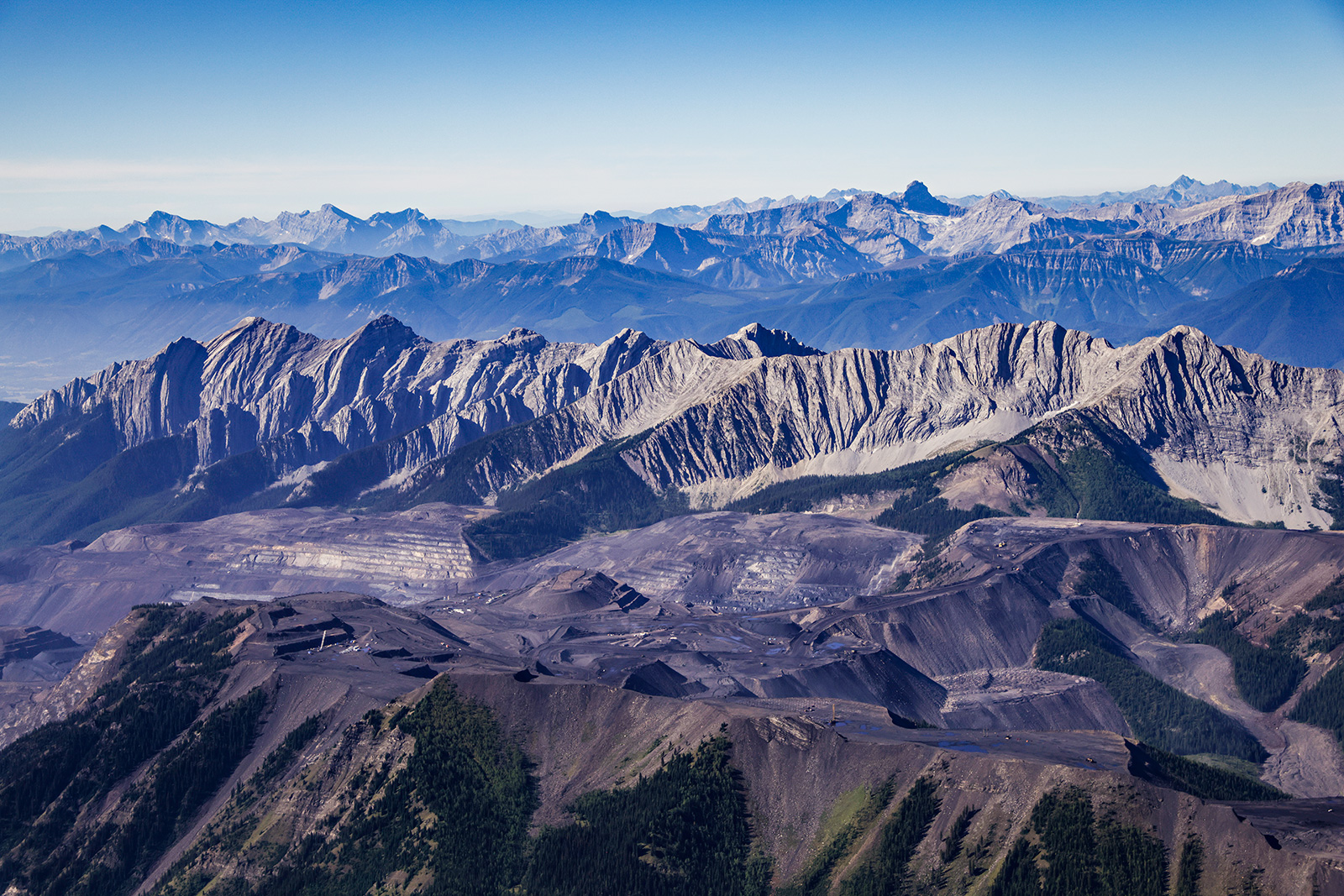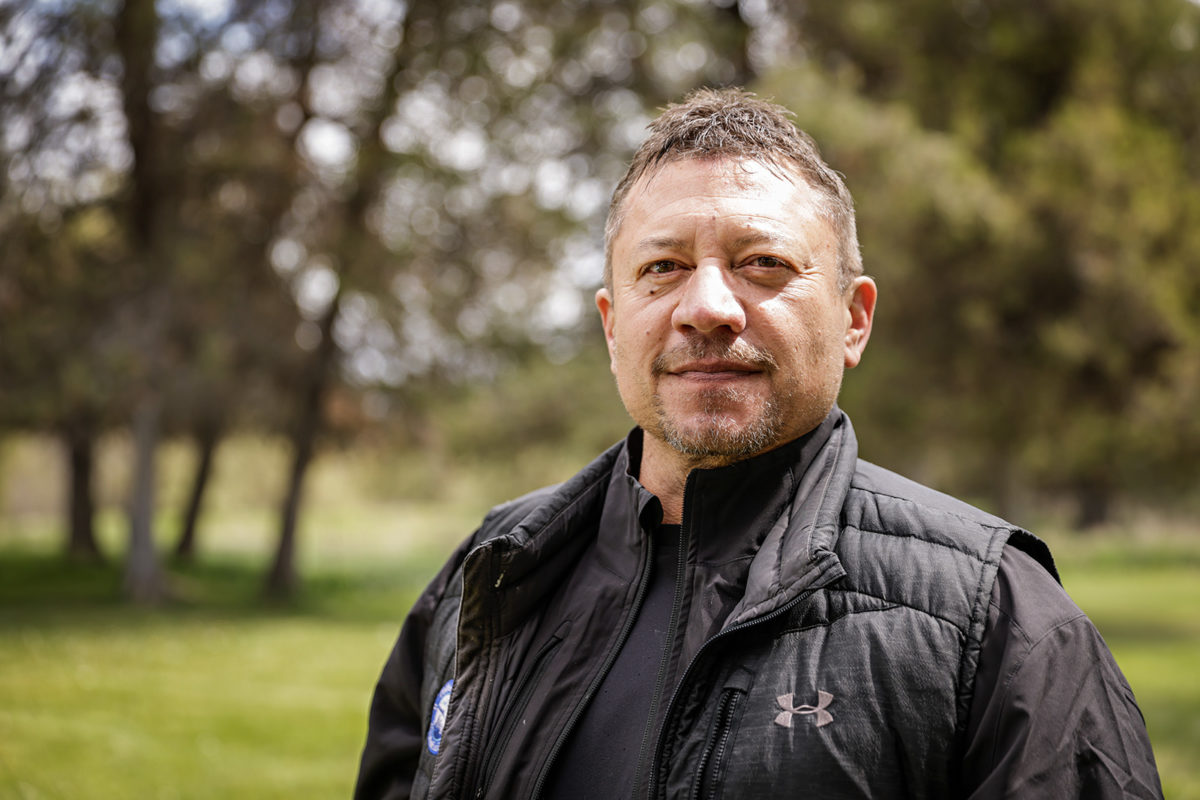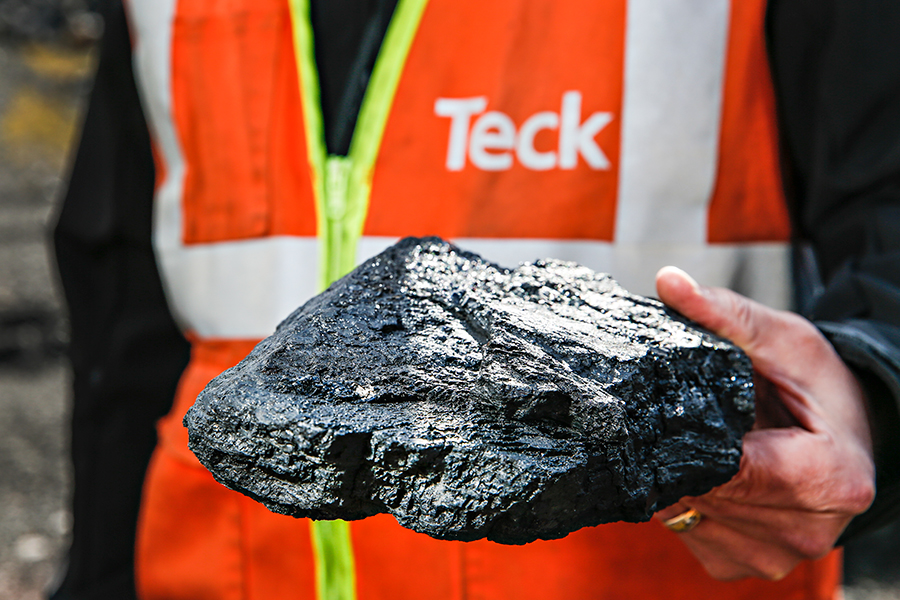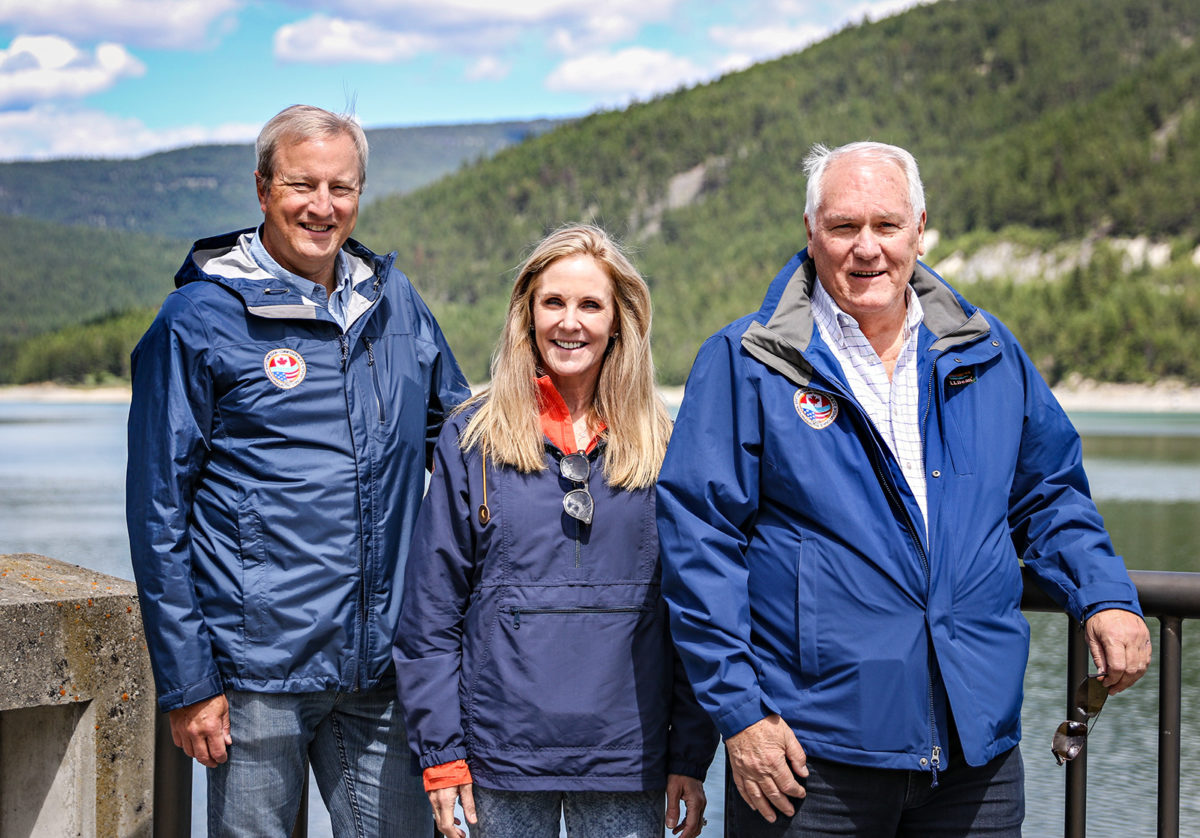Tribes Set End-of-Year Ultimatum for U.S. and Canada to Address Transboundary Mining Crisis
At a pair of recent binational meetings, tribal and First Nation governments said any solution to pollution in the international watershed must include IJC intervention, with Sen. Tester urging a unilateral reference if Canada refuses to engage
By Tristan Scott
When Rich Janssen flips through the 2023 calendar, he sees months of missed opportunities to tackle a multi-national environmental crisis that has united tribal and First Nation governments spanning the U.S.-Canada border as few causes have before.
Last year’s calendar isn’t much different. Neither is the year before that.
For decades, open-pit coal mines located in the Elk Valley of southeast British Columbia (B.C.) have leached selenium, nitrate, and sulphate into the Elk and Kootenai rivers. Since 2012, Indigenous leaders from the Ktunaxa Nation, the Confederated Salish and Kootenai Tribes (CSKT) and the Kootenai Tribes of Idaho (KTOI) have been urging Canada and the U.S. to address the water quality crisis.
In March, Canada and the U.S. announced the two nations had reached “an agreement in principle” to reduce and mitigate pollution in the Elk-Kootenai watershed, signaling a breakthrough in high-level talks that have stalled for years, even as Teck Resources, which owns the mines, expands its footprint along the border with Montana. Two months later, Janssen, as well as Ktunaxa Nation leaders in B.C. and representatives of the KTOI, said they were “stunned” to learn via email that Global Affairs Canada (GAC) “had unilaterally decided to reject the reference proposal.”
Now, with an end-of-year deadline looming over bilateral negotiations for the U.S. and Canada to strike an agreement over how to address the pollution, a coalition of Indigenous and First Nation governments has submitted an ultimatum — one that includes a reference to the International Joint Commission (IJC) and demands for tribal engagement — and their demands are backed by U.S. Sen. Jon Tester, D-Mont.
“We are holding Canada to account to get something in writing by the end of the year,” Janssen said after a Nov. 11 meeting between U.S., Canada and Indigenous leaders — the second tri-nation assembly in as many days — produced no tangible results. “It was supposed to be done by summer and that came and went like the wind. So now we are going to hold their feet to the fire on this end-of-year deadline. Something needs to happen. We can’t continue to kick the can down the road.”

And yet, throughout his whole career overseeing the CSKT’s Natural Resources Department, Janssen said he has watched as his Canadian and U.S. counterparts inexplicably kick the can down an ever-lengthening road with no end in sight.
Janssen’s not the only one advocating on behalf of tribes and First Nations to stop the tide of coal mining pollutants spilling downstream from British Columbia’s Elk River into Montana’s Kootenai River watershed.
Four years ago, in July 2019, a bipartisan coalition of elected U.S. officials hailing from states bordering the province appealed to Canadian officials to adopt more stringent water-quality standards, with all eight senators from Alaska, Idaho, Montana, and Washington articulating the environmental and economic impacts resulting from large-scale hard rock and coal mines in British Columbia. In response, the former premier of British Columbia (B.C.), John Horgan, pledged to treat responsible natural resource development as a top priority. But even as Horgan promised that B.C. mining projects are subject to “world-leading regulation and oversight,” the province’s regulatory shortcomings continued to come to light, and it continued to permit mine expansions.
On Nov. 1, Prime Minister Justin Trudeau appointed Horgan as Canada’s ambassador to Germany, but prior to that diplomatic role he was considered for board membership with the mining company responsible for the inrush of contaminants into Montana and Idaho, and Canada remains the lone force of resistance preventing the governments from moving forward with an IJC reference.
In the U.S., both Montana and Idaho recently took steps to address the selenium problem by adopting their own site-specific water quality standard for selenium at the border, a protective value crafted through years of scientific work to safeguard fish species in Lake Koocanusa and the Kootenai River. The standard for dissolved selenium concentration established by of Idaho and Montana, and approved by the U.S. EPA, is 0.8 micrograms per liter on Lake Koocanusa and 3.1 micrograms per liter on the Kootenai River.
On Nov. 14, Tester, who was among the bipartisan coalition, again called on the State Department to work with Canada to pursue a joint reference to the IJC. This time, however, he went a step further — if Canada remains unwilling to engage, Tester urged the U.S. to consider a unilateral reference, an unprecedented step since the IJC was established by the Boundary Waters Treaty for the express purpose of addressing international issues related to transboundary pollution. In this case, a reference would appoint an independent body to provide mediation to the State Department and Global Affairs Canada (GAC) to resolve the stalemate over mining pollutants spilling across the border.
“I first raised this issue with the Department of State in July of 2015, citing concerns about selenium contamination in the Kootenai watershed impacting Montana’s outdoor recreation economy, the quality of water, and the health of aquatic life in the state,” Tester wrote in the letter to Secretary of State Anthony Blinken. “Moreover, the pollution affects the United States’ ability to fulfill our trust and treaty responsibilities to Tribes that have a direct tie to this watershed, including the Confederated Salish and Kootenai Tribes of Montana.”
Tester continued: “The selenium contamination issues only continue to compound in northwest Montana, and we can no longer delay a solution. It is time to refer this case to the IJC. I urge you to work with Canada to pursue a joint reference to the IJC, but to move forward with a unilateral reference if Canada remains unwilling to meaningfully engage on this issue.”

As evidence of the compounding contamination issues, the U.S. Geological Survey recently published a new report revealing that selenium and nitrates in the Elk River have increased by 581% and 784%, respectively, signaling unprecedented increases of the pollutants in the watershed. The contaminant increases provide additional evidence of the regulatory failures of the mines owned by Teck Resources; specifically, the company’s Elk Valley Water Quality Plan approved in 2014, upon which Teck’s mining permit was contingent.
The data show that, although the treatment plants are effective on a small scale, they are not reducing selenium trends in Koocanusa Reservoir spanning the border.
“The report also shows that the mitigations that Teck has implemented since 2014 are not effectively reducing the pollutants; they are too small scale to address the volume of pollutants from a century of mine operations,” said Erin Sexton, a senior research scientist with the University of Montana’s Flathead Lake Biological Station who was among the first to document the extent of the pollution at the border. “That means that Montana will continue to be out of compliance with our 0.8 microgram-per-liter selenium standard at the international boundary.”
For their parts, both Teck and the B.C. government have pointed to the Elk Valley Water Quality Plan as the strongest evidence of their efforts to curb the pollution. In 2013, the B.C. government ordered Teck Coal to address the issue of contaminants in the Elk River drainage, resulting in the Elk Valley Water Quality Plan and Technical Advisory Committee. Between 2014 and 2020, Teck spent more than $1.2 billion implementing the plan. Since 2020, the company says it has quadrupled its daily treatment capacity to process 77.5 million liters of water.
“By 2024, we plan to invest up to $750 million more in work to protect the watershed,” according to a statement from Teck last year.
Meanwhile, in the absence of any proven decreases in contamination, a diverse collection of stakeholders has coalesced to advocate for an IJC reference.
Michael Jamison, who works for the National Parks Conservation Association on stewardship initiatives in the Crown of the Continent region, said the international water dispute is precisely the sort of issue the Boundary Waters Treaty was crafted to address, and accused Canada of “playing chicken with diplomacy in service of its mining industry.”
“This isn’t new. It’s been used on waters that flow north to south and south to north. It is the established gold standard for resolving international water disputes between the U.S. and Canada. It provides transparency, scientific rigor, and an international geographic scope of the review. And yet none of that is happening today because Canada doesn’t want to invoke the treaty. Canada wants to create its own thing,” Jamison said of the IJC and the Boundary Waters Treaty, adding that both the mining in B.C. and its attendant pollution continues largely unabated at the international boundary. “This is a diplomatic quagmire. In service of what? Sometimes you do blow up diplomacy because so much is at stake. But in this case, are we really threatening to blow up a 115-year-old treaty? Are we willing to blow up that whole system to protect a mining company from a fully vetted peer-reviewed scientific process?”

In statements from both the U.S. and Canada, both nations have affirmed the commitments of President Joe Biden and Prime Minister Justin Trudeau to addressing pollution at the border and to working in concert.
According to an emailed response from a U.S. State Department spokesperson, “We are actively discussing actions with Canada, and with Indigenous Nations on both sides of the border, to address the pollution to safeguard our shared waters while employing responsible mining practices, and we look forward to continuing a productive dialogue.”
And according to a Global Affairs Canada spokesperson, “Our priority remains to continue to work with the U.S. and other partners in the region to find an appropriate path forward.”
“Indeed, as part of our ongoing engagement, Canadian officials will be meeting U.S. counterparts and Indigenous nations and tribes on Nov. 9,” the spokesperson wrote in an email. “We look forward to these discussions on the issue of protecting freshwater resources, including in the Elk Valley.”
Those discussions have come and gone, and Janssen — along with CSKT Chairman Tom McDonald, KTOI Chairman Gary Aitkin and Ktunaxa Nation Council Chair Kathryn Teneese, who represents the four tribal bands — have all said they’re looking forward to reporting good progress in the New Year.
For Janssen, it’s now or never.
“If you want to continue to have world-class fishing in the Koocanusa Reservoir and the Kootenai River, if you want to have all these amenities and not have our Aboriginal waters be decimated by selenium and nitrates, we need to do something now,” Janssen said. “It will impact our economic and cultural livelihoods. We are already seeing it happening and we know where it is coming from. There is no disputing these facts.”
Editor’s note: This story has been updated to reflect that former B.C. Premier John Horgan now serves as Canada’s ambassador to Germany and no longer has any affiliation with Teck Resources.